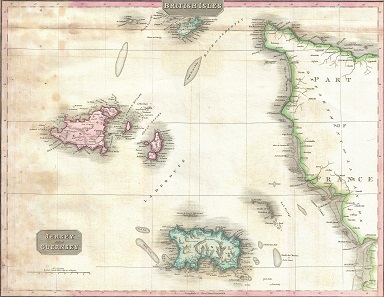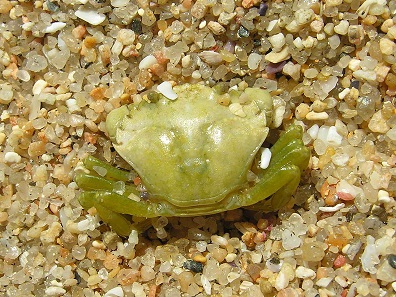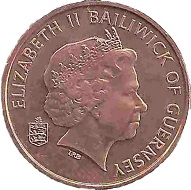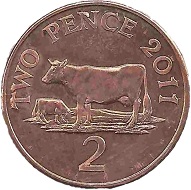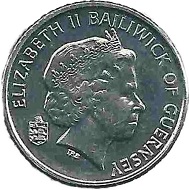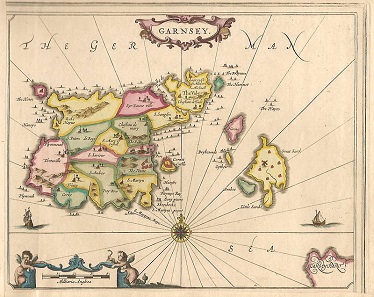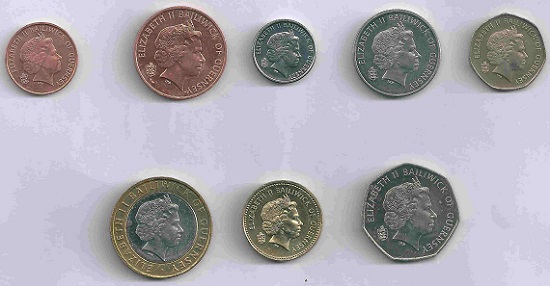translated by Annika Backe
Do you know what a bailiwick is? In a bailiwick, an official, the bailiff, stands in for the feudal lord of the area. He administers justice, organizes national defense and collects taxes. Why am I asking about this concept of administrative law of medieval times?
The islands of Jersey and Guernsey in an 1818 map by J. Pinkerton. Source: Wikipedia.
It’s rather simple: In Europe, there are districts that are still called a ‘bailiwick’, at least officially: the Channel Islands of Jersey and Guernsey are – as you can read on their coins – bailiwicks.
Between the Middle Ages and the present day
Of course nowadays a bailiff or a sheriff no longer decides on the welfare or otherwise of the community, as in the times of Robin Hood. Royal influence, though, is much more present here than on the mainland. Jersey has an advisory assembly, consisting of 45 elected deputies, presided over by the Bailiff. Two royal officials participate in the assembly as non-voting members.
Guernsey’s coat of arms differs from the English one only by the small branch above the shield. Source: Wikipedia.
Theoretically speaking, no law adopted by this advisory community is legally valid. It’s only the royal signature that puts it into effect. Thus, from a legal perspective, The Queen is still the absolute ruler of the island (even if Elizabeth II doesn’t exercise this right on principle). No wonder, then, that she features on all the coins of the country, with the coat of arms of Guernsey behind, which can easily be confused with the English one. The only difference is the small branch above the red shield, showing three golden leopards with blue tongues and blue crawls.
In practice, the people of Guernsey get along with this situation pretty well. Guernsey is a tax haven, an offshore financial center where taxes are low, financial regulation is marginal, and confidentiality reaches a high level. 32% of the gross national product is generated in the banking sector. So it’s very much window-dressing when the coin motifs continue to point to the former sources of income.
Young green shore crab (Carcinus maenas). Photo: Luis Miguel Bugallo Sánchez / CC BY-SA 3.0.
Fishing, agriculture and tourism
Even if relevant tour guides state that fishery and agriculture left a distinct mark on Guernsey, today hardly anyone mentions this anymore. Together, these two industries generate less than 2% of the gross national product.
The reverse of a 1-penny-coin from Guernsey features a crab.
Thus the 1-penny-piece’s crab, which is delicious despite its hard shell, rather is of local interest only. Between the rocks you can collect the shore crab (Carcinus maenas), also known as the green crab, yourself to prepare a tasty dinner.
Domestic beef is depicted on the 2-pence-piece.
More famous is the Guernsey beef with its pale to brown fur. Connoisseurs praise it for its milk. We can see it on the 2-pence-piece.
Guernsey cattle. Photo: Man vyi / Wikicommons.
Although on Guernsey animal husbandry has plummeted, the breed is highly appreciated throughout the world. The golden yellow milk is said to content much beta-carotene, which is believed to act as anti-cancer agent. An average Guernsey cow produces nearly 8,000 liters every year. This is more than any other breed, with regard to its body size.
A sailboat on the reverse of the 5-pence-piece recalls how important seafaring and tourism was for the Channel Island.
Tourism has dropped in the last years as well, and so the magnificent sailing boat on the 5-pence-piece is only a memory of good old times.
This historical map shows Guernsey between 1757 and 1859.
Early free money on Guernsey
It’s not well-known that Guernsey seems to have had a regional currency as early as 1815. In his 1958 booklet, Edward Holloway tells that the island suffered from a great lack of money in the aftermath of the Napoleonic wars. In this situation, the Governor had come up with the idea of building the long-needed market hall for groceries for 4,000 pounds, which he simply printed as regional money. In fact, the hall soon generated such great revenues that the 4,000 pounds flowed back into state coffers as rent. Thus, the regional money was withdrawn again.
Allegedly, road projects were next, with funding of 10,000 pounds. Schools were built, houses refurbished. And the Governor was careful to make sure that no more than 60,000 pounds were circulating on the island at any time.
According to Edward Holloway, the banks dealt the fatal blow to this system around 1835, through their promise of interest rates on ‘real’ money.
Legal tender only on the Channel Island, Guernsey’s regional currency features some of it typical motifs, next to The Queen and its coat of arms.
The problem with this enchanting story is that the oldest news on this stem from a pamphlet of the free money movement without reliable sources. It remains open, therefore, how thorough the underlying research is. In an initial search, the author couldn’t find any real money dating from this time – but perhaps a reader is more specialized in this field?
This is the official website of the Island of Guernsey.
And on this webpage you will find plenty of tourist information, in case you want to visit the Channel Island.




